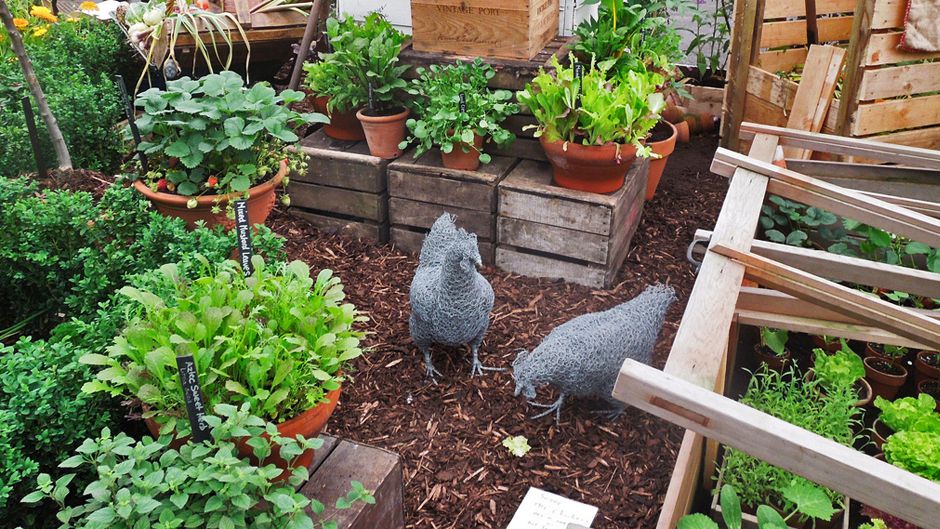Saturday, March 28, 2015
Small urban plots
During the World War II the British were encouraged to ‘Dig for Victory’. Garden vegetable plots were at their height and allotment demand peaked. Homegrown produce allowed farmers to focus on grain and dairy production — activities ill suited to small-scale urban plots.
So, what was the contribution of homegrown efforts to the national diet? How effective could it actually have been? Here are the stats: during the World War II, allotments and gardens provided around 10% of food consumed in the UK because of the ‘Dig for Victory’ campaign whilst comprising <1% of the area of arable cultivation.
Take a moment absorbing the significance of that statement. Home growing produced ten times the food per acre than arable farms! How can that be? Aren’t we told repeatedly, that we can only feed the world with grains? And that only intensive agriculture can deliver?
Of course it could be argued that farming has become more efficient since WWII. Indeed, with the ‘green-revolution’ of the 50s and 60s intensive inputs, pesticides and high yield varieties increased the efficiency of arable farms, with the biggest impact seen on wheat yield, which increased seven fold. However, recent studies show that intensive farming does not come close to the levels possible from allotment and vegetable gardens.
“More recent UK trials conducted by the Royal Horticultural Society and ‘Which?’ Magazine showed fruit and vegetable yields of 31–40 tonnes per hectare per year (Tomkins 2006), 4–11 times the productivity of the major agricultural crops in the Leicestershire region (DEFRA 2013),” says one paper.
That left me speechless!
So, how is it possible that low-tech vegetable plots out perform modern mechanised farms? Here are two parts of the answer:
Home Growing Produces Ten Times the Food of Arable Farms (Our World 2.0)
Subscribe to:
Post Comments (Atom)

No comments:
Post a Comment